
Most lawn care advice focuses on feeding the grass and keeping it trimmed, along with regular watering and a strict mowing routine. But even with all that effort, the results often fall short when pH gets overlooked. Too much acidity in the lawn bed locks up nutrients, and the grass becomes patchy and slow to grow. If you want to stop the cycle, here are 10 ways lime can revitalize your lawn.
Supercharges Microbial Activity
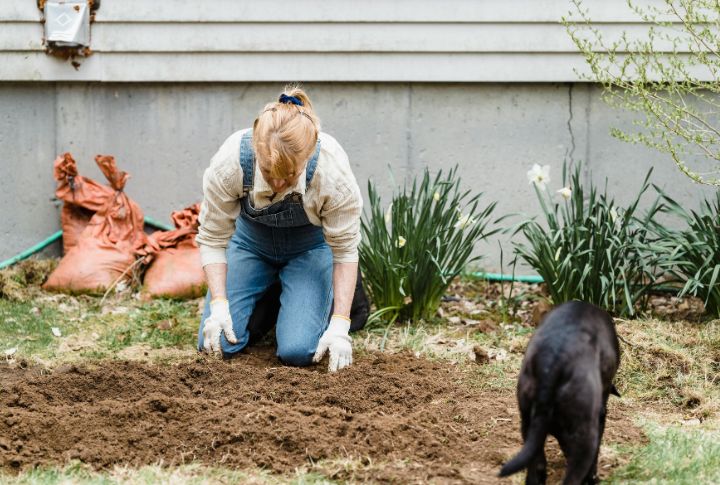
When soil turns too acidic, microbes go dormant. That slows the breakdown of organic matter and chokes off nutrient flow. Lime restores a pH range where microbes wake up, boost nutrient cycling, and quietly strengthen your lawn’s natural defense system.
Unlocks Hidden Minerals In Soil
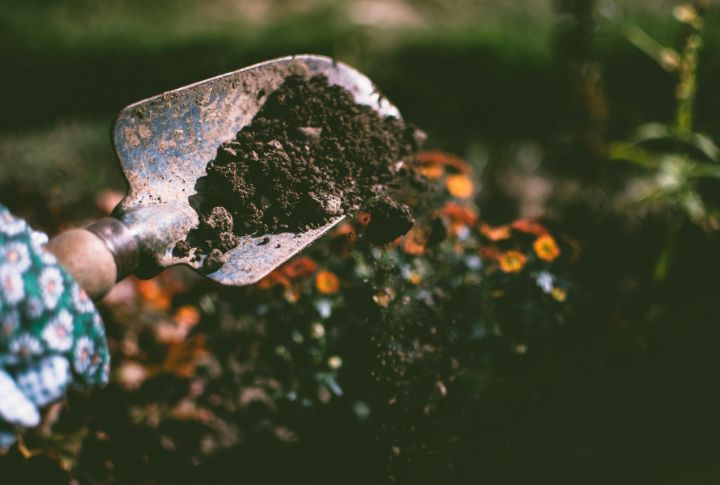
Acidic conditions bind up the minerals grass needs to thrive. By raising the pH, lime helps release nutrients like phosphorus and magnesium back into the soil. The result? Turf that grows greener and finally reaches its potential.
Enhances Soil Structure And Drainage
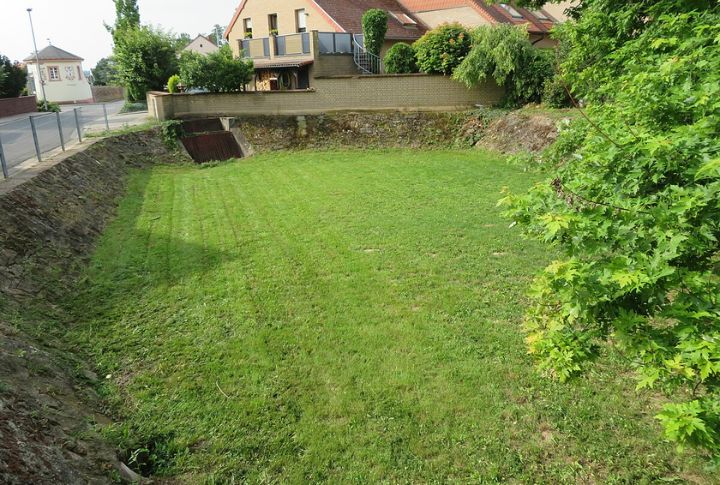
Waterlogged soil smothers roots and blocks growth, especially when compaction sets in. A balanced pH—achieved through liming—helps soil particles bind properly and improve texture and drainage. That opens the door for deeper roots and fewer fungal issues.
Reduces Aluminum Toxicity
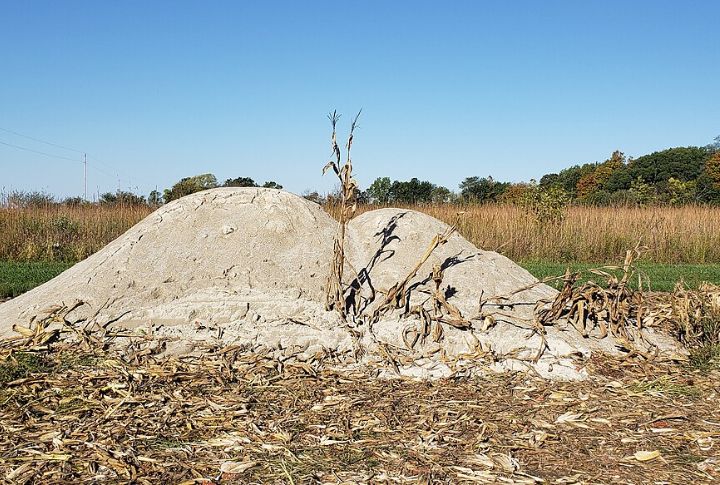
When acidity gets too high, aluminum doesn’t just linger; it turns toxic and attacks your roots from below. Raising the pH lowers aluminum levels, helping roots grow stronger, penetrate deeper, and thrive without enduring constant stress or damage.
Maximizes Fertilizer Efficiency

Low pH locks up nutrients like phosphorus and even potassium. When that happens, fertilizer can’t do its job, no matter how much you spread. Lime raises the pH just enough to free those elements, so your grass can absorb them instead of leaving them wasted in the ground.
Strengthens Grass Resilience
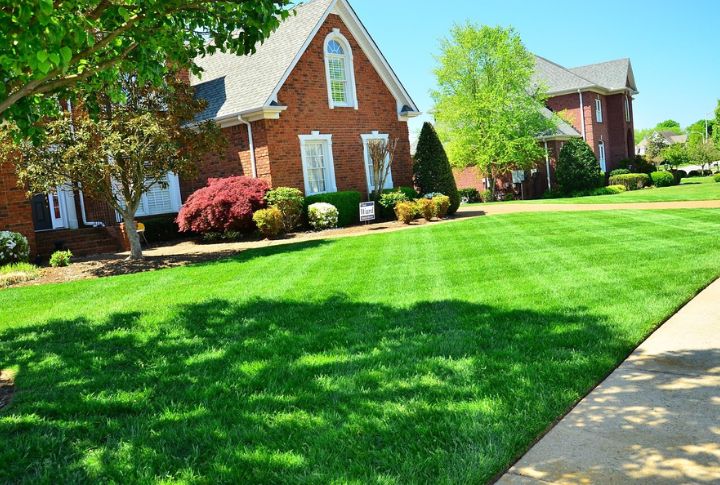
Lime gives your grass a stronger foundation by raising the pH, which helps roots grow deeper and pull in more nutrients. This extra strength shows when drought hits or pests roll in—your lawn holds up better, heals faster, and stays green when the rest turns brittle.
Helps Earthworms Flourish
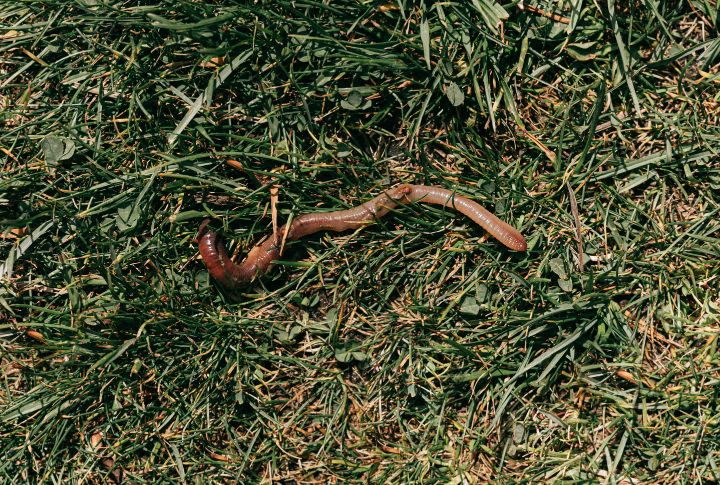
Soil with the right pH makes earthworms feel at home, unlike acidic ground that drives them away. These busy diggers naturally aerate the soil, boost drainage, and pull organic matter deeper. The payoff is a healthier root zone and lusher, greener grass without relying on synthetic fixes.
Supports Clover And Nitrogen Fixers
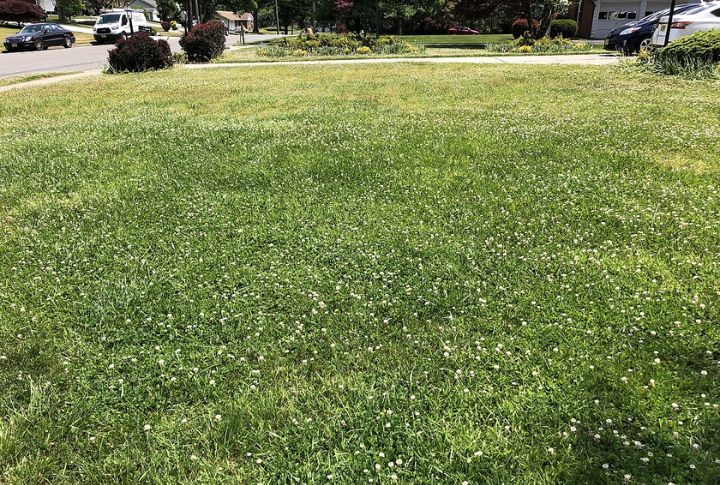
Clover often fades out in acidic lawns, even when the grass keeps growing. That’s because low pH stalls the bacteria it relies on to fix nitrogen. As the soil shifts towards neutral—often after a liming cycle—the entire process kicks back into motion.
Promotes Biodiversity On Your Lawn
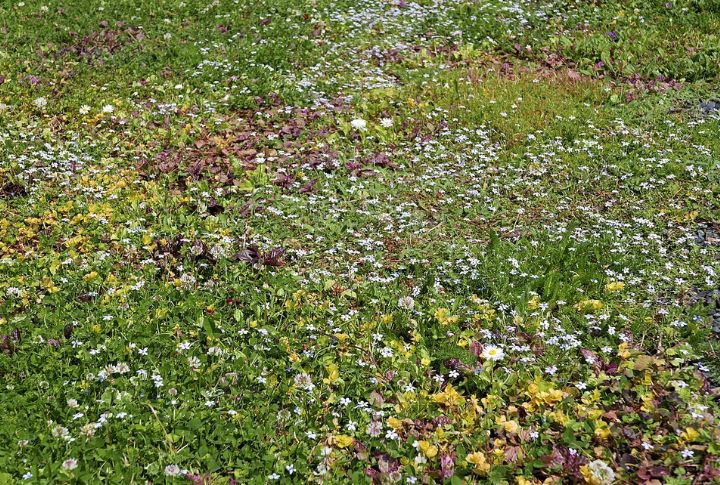
A more balanced pH opens the door for grasses and low-growing wildflowers that couldn’t survive in acidic conditions. As they fill in bare spots, clover spreads slowly, the blooming lawn starts to attract bees, and a self-sustaining habitat is created.
Extends Growing Season

Grass starts responding to warmth in the ground even before air temperatures rise, but acidic soils slow the process and can delay green-up by weeks. When lime fixes the pH, the soil stays warmer and helps the grass grow sooner and stay green longer into fall.

